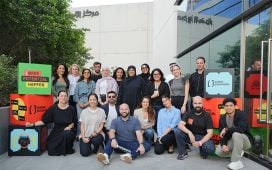Expanding digitally to global markets has become a top priority for many brands over the past few years, and this trend has accelerated particularly over the last couple of years. As more of the world went online through Covid-19, brands were focused on bringing their products meaningfully into new markets filled with customers who were eager to spend.
Are you in Riyadh on June 14th? Do you want to meet the movers and shakers in Saudi media, marketing and advertising? Would you like the latest information and insights into the industry in KSA? Then join us for our first Campaign Saudi Briefing 2022: Vision and Ambition. Click here to learn more and register.
Entering the Saudi market h









